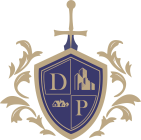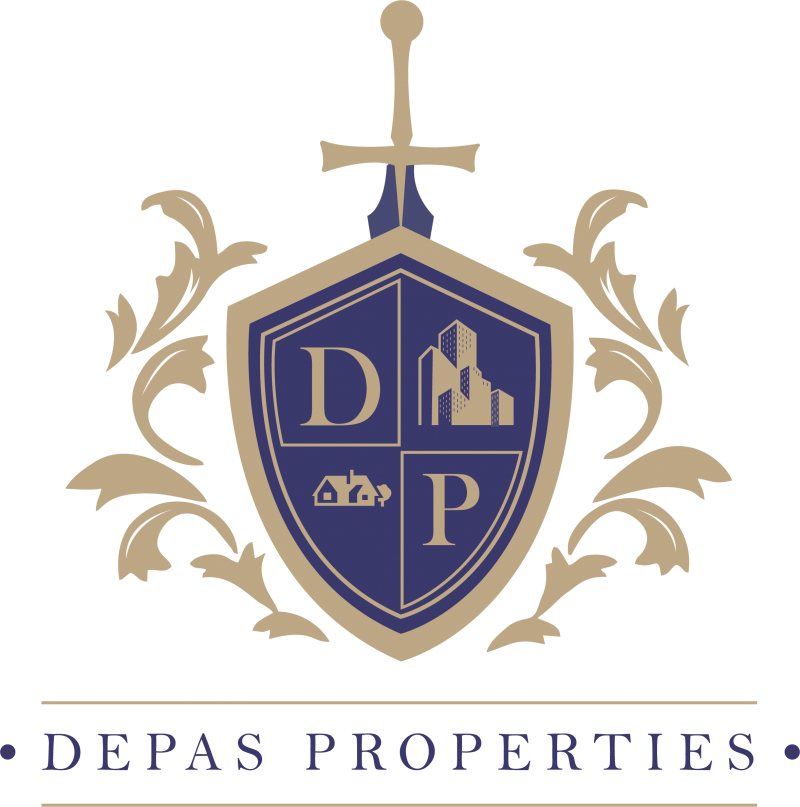Succeeding cultures of indigenous peoples had lived in the area for thousands of years. At the time of European contact, bands of the Lenape (Delaware) nation inhabited western Long Island, the areas of New York and New Jersey around the harbor, and along the coast through present-day Pennsylvania and Delaware, as well as along the Delaware River. They spoke an Algonquian language. By 1600 the band inhabiting this local area was called the Matinecock after their location.
Glen Cove was used as a port by English migrants from New England and named Moscheto before 1668. On May 24, 1668 Joseph Carpenter of Warwick, Rhode Island purchased about 2,000 acres (8.1 km2) of land to the northwest of the Town of Oyster Bay from the Matinecock. Later in that year, he admitted four residents of Oyster Bay as co-partners in the project: brothers Nathaniel, Daniel, and Robert Coles; and Nicholas Simkins. The five young men named the settlement Musketa Cove Plantation, musketa meaning place of rushes in the Lenape language.
19th century
In the 1830s, steamboats started regular service on Long Island Sound between New York City and Musketa Cove, arriving at a point still called The Landing. As Musketa was negatively associated with mosquito, in 1834 residents changed the name to Glen Cove; this was said to be taken from the misheard suggestion of Glencoe, meaning Glencoe, Scotland.
Glen Cove added population as workers arrived for jobs at the Duryea Corn Starch factory, which operated until 1900. The name Duryea was suggested as a name to replace Mosquito Cove but rejected.
By 1850, Glen Cove had become a popular summer resort for New York City residents. The Long Island Rail Road was extended to Glen Cove in 1867, providing quicker, more frequent service to New York City. The availability of the train and the town’s location on Long Island Sound made it attractive to year-round residents, and the population increased.
The vistas afforded of Long Island Sound from the town’s rolling hills attracted late 19th-century wealthy industrial barons, including Charles Pratt and his sons, Charles Anderson Dana as well as J.P. Morgan, and F.W. Woolworth. They built large private estates along the island’s North Shore. This expanse of settled wealth was part of what became known in the 1920s as the Gold Coast of Nassau County. Part of the Morgan property was donated to the city, and it now is operated as Morgan Park and Beach.
20th century
On January 1, 1918, Glen Cove became an independent city, separating from the Town of Oyster Bay after 250 years. The incorporation was driven by a desire for its tax revenues to be used locally, rather than distributed throughout Oyster Bay. Glen Cove at the time was an especially wealthy part of the town, but the town’s provisions for Glen Cove’s police service and roads were seen to be inadequate given the amount of taxes levied. It was unusual in that it incorporated as a city without ever having been an incorporated village.
Before the mid-20th century, most of the mansions were adapted to other than residential purposes. Winfield Hall, the former home of F.W. Woolworth, is privately owned.
Altogether, five Pratt families owned a total of about 5,000 acres (20 km2) in the area. John Teele Pratt’s estate (The Manor, designed by Charles A. Platt) is operated as the Glen Cove Mansion Hotel and Conference Center.
The Braes, the country estate of Herbert L. Pratt, was purchased by the Webb Institute in 1945. After renovation, it opened the facility in 1947 as an established specialty college for naval architecture and engineering.
George DuPont Pratt’s estate Killenworth was purchased by the Soviet Union government in 1951 for use by its United Nations delegation. The Russians have used it for decades to house visitors and as a weekend retreat for its UN staff. When in the United States for meetings at the United Nations, Nikita Khrushchev in 1960, then premier of the Soviet Union, and Fidel Castro, then president of Cuba, separately stayed at Killenworth.
Like many other suburbs, Glen Cove grew rapidly in population after World War II when new residential developments were completed on former pastureland and farms. Many new residents were second- and third-generation descendants of eastern and southern European immigrants, and had moved from childhood homes in Queens or Brooklyn. Some African Americans were descendants of slaves from the colonial period, as colonists had used slaves for domestic help and farm labor; others were descendants of migrants from the South who came to New York City and the area during the Great Migration of the first half of the 20th century.
Since the late 20th century, immigrants to the city have been generally from Latin America and eastern Asia. A Sikh gurdwara established in Glen Cove draws members from the ethnic Indian population in the area.
Historic properties
The U.S. Post Office at Glen Cove, built in 1932 during the Great Depression, was listed on the National Register of Historic Places in 1989. The Justice Court Building, the former city court and later city hall and police headquarters, was added to the NRHP in 1990. It has been renovated and adapted for use as the North Shore Historical Museum. The Old Glen Cove Post Office on Glen Street was listed on the NRHP in 2010; it is now used as an architect’s office.


